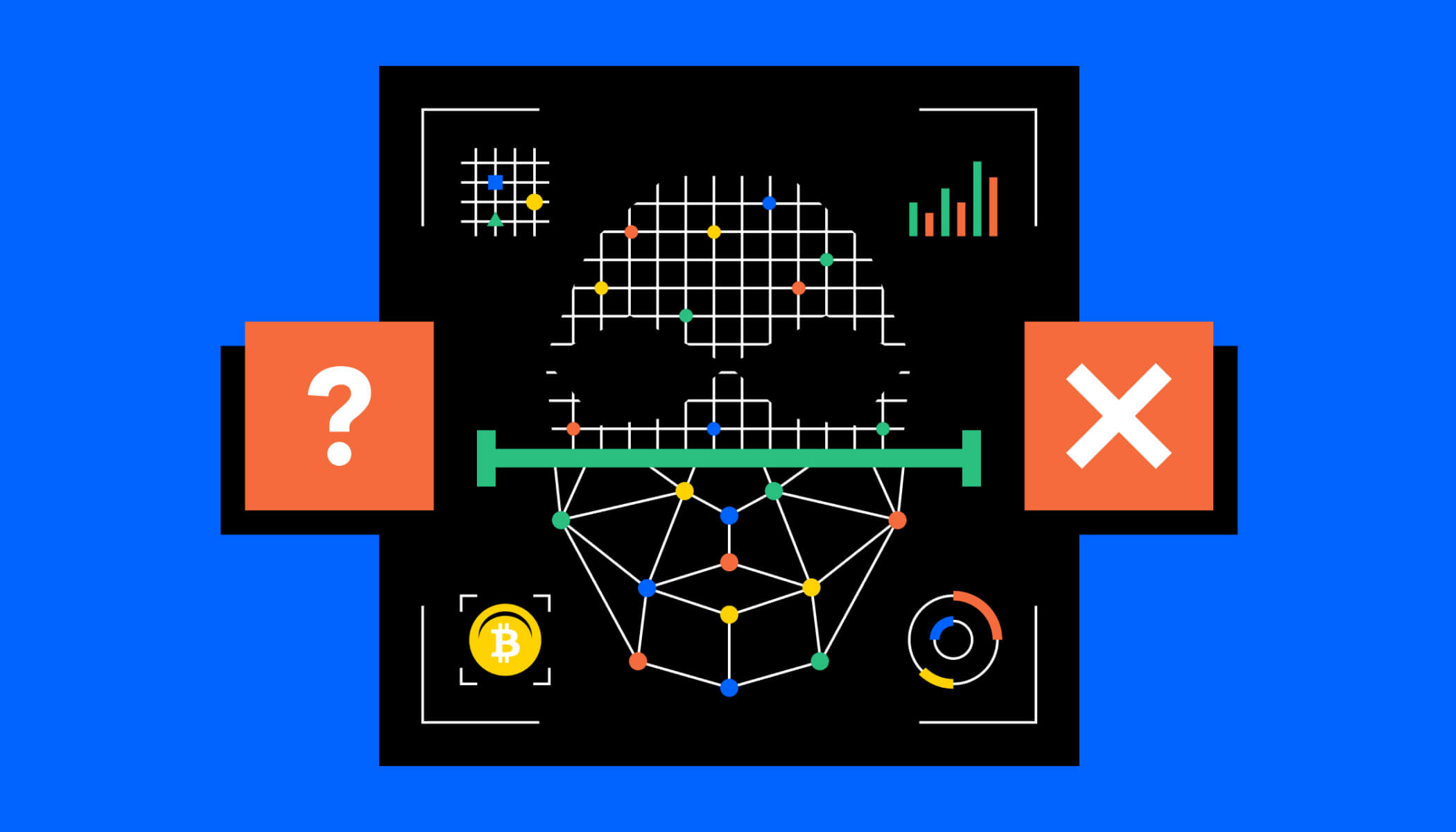Crypto Security in the AI Era: Protecting Blockchain with Machine Learning

In recent years, the intersection of cryptocurrency and artificial intelligence (AI) has become a focal point of discussion among technologists, investors, and regulators. As blockchain technology continues to gain traction as a revolutionary method of conducting transactions and storing data, the need for robust security measures has never been more critical. This article examines how machine learning (ML) can enhance the security of blockchain systems, addressing vulnerabilities and providing protection against various cyber threats.
Blockchain, by its very design, is touted as a secure and immutable technology. Its decentralized nature creates a transparent ledger that is resistant to tampering. However, this does not render it invulnerable. Cybersecurity threats, such as hacking, fraud, and phishing attacks, continue to pose significant risks to cryptocurrency exchanges, wallets, and other blockchain applications. These threats have prompted the exploration of AI and machine learning as potential solutions to bolster the security of blockchain infrastructures.
Machine learning, a subset of AI, excels in analyzing vast amounts of data and identifying patterns. This capability can be harnessed to detect anomalies and predict potential threats within blockchain networks. For instance, ML algorithms can analyze transaction patterns to identify irregular activities indicative of fraudulent behavior. By training models on historical data, these algorithms can establish a baseline of normal behavior, allowing them to flag transactions that deviate from this norm.
One of the most promising applications of machine learning in the realm of crypto security involves the detection of Distributed Denial of Service (DDoS) attacks. Such attacks, which aim to disrupt the normal functioning of a network by overwhelming it with traffic, can have devastating effects on blockchain platforms. Machine learning models can monitor network activity in real-time, identifying spikes in traffic that may signal an impending DDoS assault. By proactively addressing these threats, organizations can mitigate potential damage and maintain the integrity of their blockchain systems.
Furthermore, machine learning can enhance the security of smart contracts, which are self-executing contracts with the terms of the agreement directly written into code. While smart contracts offer efficiency and transparency, they are also susceptible to vulnerabilities and exploitation. Employing ML techniques to analyze smart contract code can help identify potential flaws or vulnerabilities before deployment. By doing so, developers can rectify issues that might otherwise lead to costly exploits or breaches.
In addition to anomaly detection and smart contract validation, machine learning can also improve identity verification processes in blockchain applications. The decentralized nature of blockchain raises challenges concerning user authentication and identity management. Traditional methods of identity verification, such as passwords and two-factor authentication, can be susceptible to phishing attacks and credential theft. Machine learning can facilitate more sophisticated approaches to identity verification, such as behavioral biometrics, which analyzes user behavior patterns to establish a unique identity profile. This method not only enhances security but also streamlines the user experience.
Despite the significant potential of machine learning in enhancing crypto security, several challenges remain. One of the primary concerns is the need for high-quality data to train machine learning models effectively. Incomplete or biased data can lead to inaccurate predictions and false positives, undermining the reliability of security measures. Additionally, as cybercriminals become more sophisticated, the tactics they employ to breach security systems evolve, necessitating continuous adaptation and retraining of machine learning models.
Moreover, the integration of machine learning into blockchain security raises questions about transparency and accountability. The "black box" nature of many machine learning algorithms can make it challenging for stakeholders to understand how decisions are made. This lack of transparency may lead to distrust among users, particularly in an ecosystem where security and trust are paramount.
To address these challenges, a collaborative approach between blockchain developers, cybersecurity experts, and machine learning practitioners is essential. By fostering a dialogue between these domains, stakeholders can develop more effective security solutions that leverage the strengths of both blockchain and AI technologies. Additionally, regulatory frameworks must evolve to encompass the unique challenges posed by the convergence of these technologies, ensuring that organizations prioritize security while promoting innovation.
In conclusion, as the landscape of cryptocurrency continues to evolve, the integration of machine learning into crypto security strategies presents a promising avenue for enhancing the resilience of blockchain technologies. By harnessing the power of AI, organizations can better protect against cyber threats, ensuring the integrity and trustworthiness of blockchain systems. However, to unlock the full potential of this synergy, ongoing collaboration, transparency, and adaptive strategies will be crucial in navigating the challenges inherent in this rapidly evolving field.
What's Your Reaction?
 Like
0
Like
0
 Dislike
0
Dislike
0
 Love
0
Love
0
 Funny
0
Funny
0
 Angry
0
Angry
0
 Sad
0
Sad
0
 Wow
0
Wow
0


















